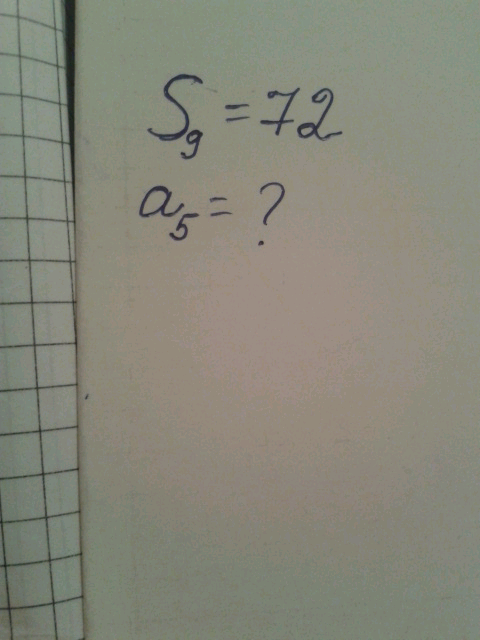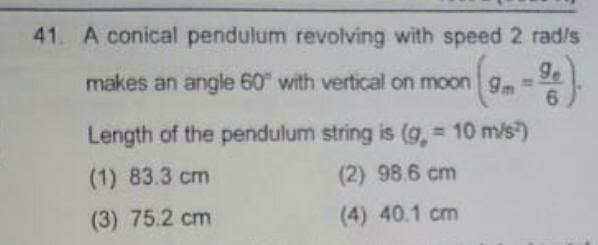
AllQuestion and Answers: Page 1529
Question Number 57668 Answers: 0 Comments: 3
Question Number 57667 Answers: 0 Comments: 3
Question Number 57666 Answers: 0 Comments: 3
Question Number 57665 Answers: 0 Comments: 4
Question Number 57664 Answers: 0 Comments: 1
Question Number 57653 Answers: 0 Comments: 5
Question Number 57647 Answers: 0 Comments: 2
Question Number 57635 Answers: 1 Comments: 2
Question Number 57633 Answers: 1 Comments: 0

Question Number 57621 Answers: 1 Comments: 1

Question Number 57619 Answers: 2 Comments: 0

Question Number 57618 Answers: 1 Comments: 0

Question Number 57617 Answers: 3 Comments: 1

Question Number 57612 Answers: 1 Comments: 1

Question Number 57607 Answers: 1 Comments: 3

Question Number 57602 Answers: 1 Comments: 1

Question Number 57601 Answers: 2 Comments: 1

Question Number 57599 Answers: 2 Comments: 0

Question Number 57585 Answers: 2 Comments: 0
Question Number 57578 Answers: 2 Comments: 0
Question Number 57572 Answers: 1 Comments: 0
Question Number 57571 Answers: 0 Comments: 1

Question Number 57594 Answers: 1 Comments: 0
Question Number 57551 Answers: 1 Comments: 1

Question Number 57549 Answers: 0 Comments: 1
Question Number 57529 Answers: 0 Comments: 1
Pg 1524 Pg 1525 Pg 1526 Pg 1527 Pg 1528 Pg 1529 Pg 1530 Pg 1531 Pg 1532 Pg 1533
